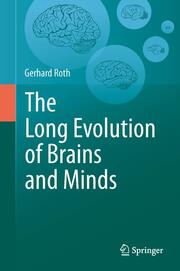Detailansicht
The Long Evolution of Brains and Minds
ISBN/EAN: 9789400762589
Umbreit-Nr.: 4254085
Sprache:
Englisch
Umfang: xvii, 320 S., 32 s/w Illustr., 23 farbige Illustr.
Format in cm:
Einband:
gebundenes Buch
Erschienen am 14.06.2013
Auflage: 1/2013


